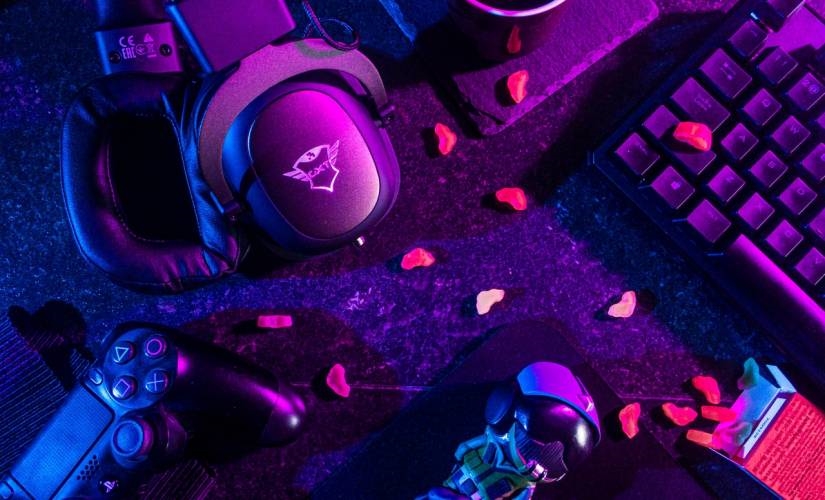Straight Talk Smart Tech: How UWB Will Add New Dimension to Future IoT Tech
Straight Talk Smart Tech: How UWB Will Add New Dimension to Future IoT Tech

Many major consumer brands are starting to bring Ultra-Wideband (UWB) to devices used in homes, businesses, and vehicles. Its unique user benefits make it likely that UWB will play an important role in a lot of future IoT tech.
Your Access to Accuracy
Like Bluetooth or Wi-Fi, UWB uses high-frequency radio waves, but its signal pulse is short, distinct, and reliable. It’s more secure because it uses pulse transmission at particular time intervals, so the system can determine specific time-of-flight and directional information.
This precision sensing means that devices can pinpoint users’ positions and therefrom can prompt actions and provide services without people having to launch an app or push a button. It is also very resistant to being intercepted by wrongdoers in actions known as man-in-the-middle attacks.
In terms of access, UWB will make things so much easier by streamlining, and in some cases eliminating the need for control mechanics. Just think of the effort required to activate various “on-demand” technologies during, say, a lazy afternoon at home. First, you search for your smart lighting app among dozens of apps on your phone.
After choosing your preferred settings and closing the lighting app, you start your search for the TV remote app. Tired of TV and time for a little music? Find the TV remote app again to turn it off (yes, you closed it to respond to some text messages in-between) and then open your Bluetooth settings to pair your headset, and so on. You get the point.
UWB will take our digital life to an entirely new level. It will help enable devices to begin to anticipate and automate many of the “on-demand” things in our lives. Also, by providing more secure connections, we’ll be more comfortable not only using devices but trusting them to take on more important and meaningful responsibilities.
Imagine a World That Senses What You Want
Last year, Apple added UWB to its iPhones with its iPhone 11 introduction and Samsung did the same with Galaxy Note20 Ultra and the Z Fold2 (Samsung has a full-time task force looking at ways to integrate it into its products). Xiaomi demonstrated devices controlling household appliances like TVs and air conditioners.
Also late last year, NXP partnered with Volkswagen to demonstrate the higher levels of theft protection, safety, and convenience offered by an UWB-enabled vehicle and BMW announced its UWB-enabled “next-gen digital key.” Early this year, we partnered with NTT DOCOMO Sony to explore UWB’s precise real-time localization capabilities for hands-free mobile payments (so smartphones can remain in our handbags or pockets). This mobile payment solution will be a huge step forward for contactless technologies at retail which will be very needed on the heels of the Pandemic.
The Contextual Remote
Perhaps the best way to demystify UWB technology is to think of it as “a contextual remote control” that allows users to control devices by simply pointing at them. You’ll no longer need to search, slide, tap and open all those previously described “lazy day apps.”
You’ll just point your mobile phone at a device and be able to access it for personalized and contextualized experiences. Point it at a smart product such as a TV or automated window coverings and the smartphone displays the info you need to control each device (like the Xiaomi product demonstration).
In more sophisticated setups, you could even leave your device in your pocket, and your lights and music will literally follow you from room to room, turning on and off as you move around your home, supporting a more seamless and sustainable lifestyle.
As you can see, UWB increases IoT devices’ awareness of user expectations, and proactively gets things ready or done for users when they seek access, want to accomplish transactions, or otherwise control their experiences and environments. In this sense, it promises much more than a “hands-free” interface and will play a key role in smart technologies that anticipate and automate our needs.
UWB will add a new dimension to your future IoT tech and mine.
Image Credit: lucie liz; pexels
The post Straight Talk Smart Tech: How UWB Will Add New Dimension to Future IoT Tech appeared first on ReadWrite.
(16)


